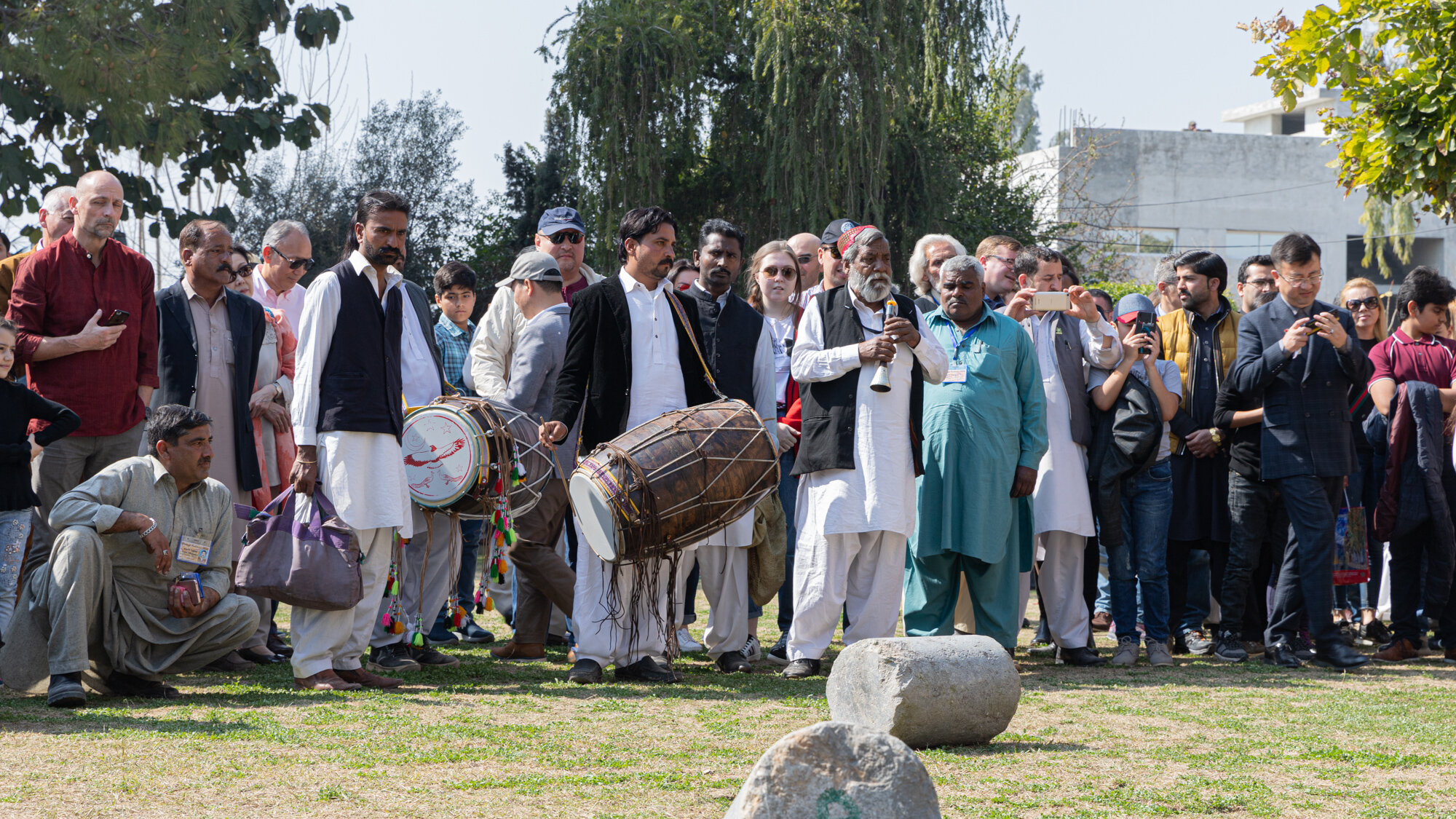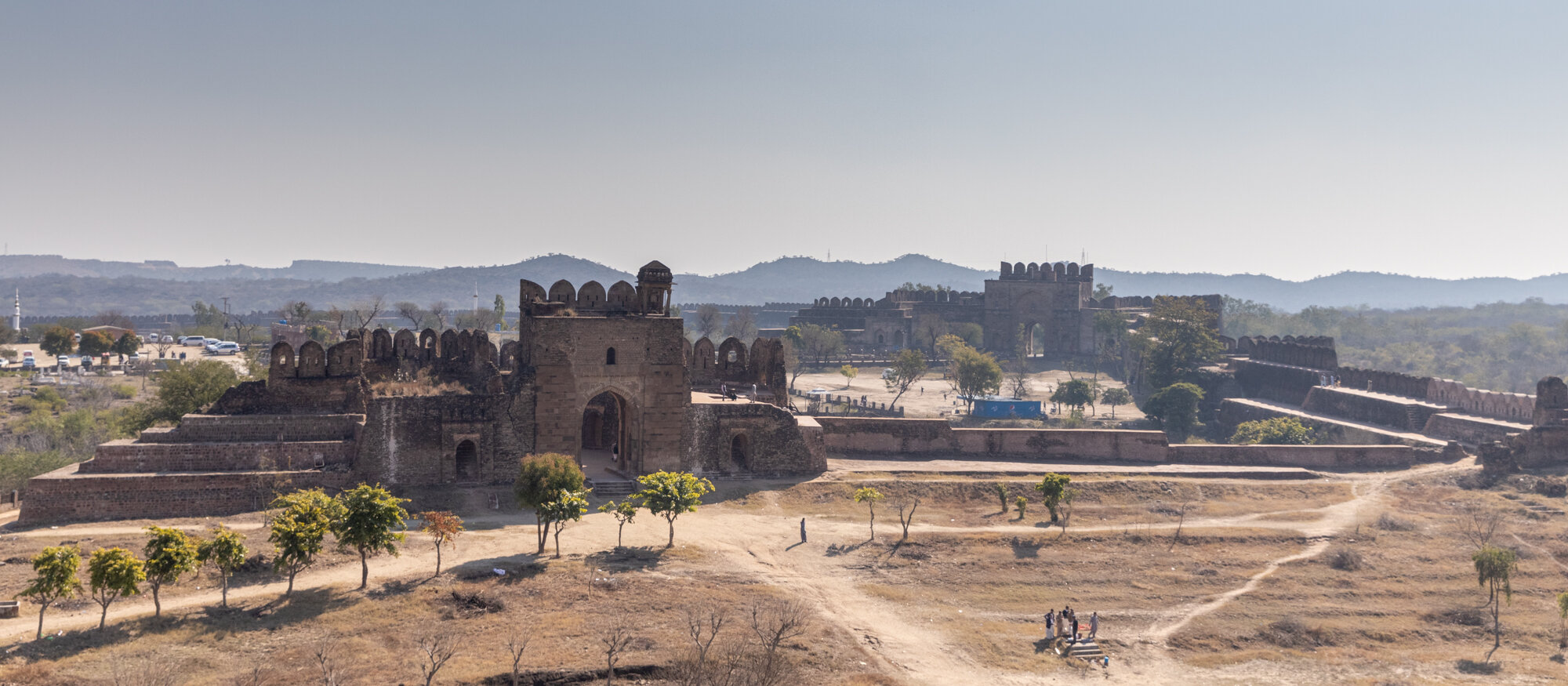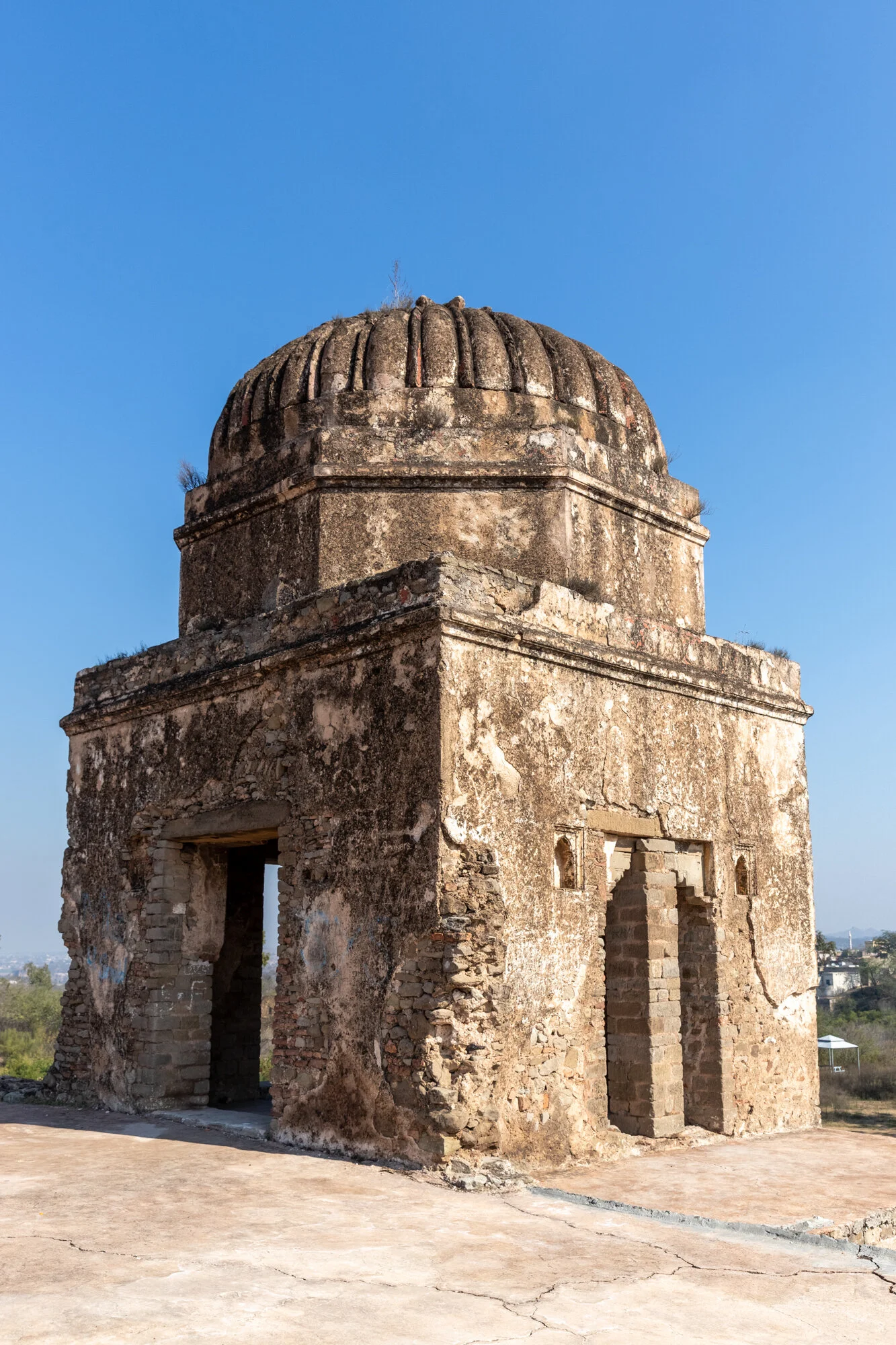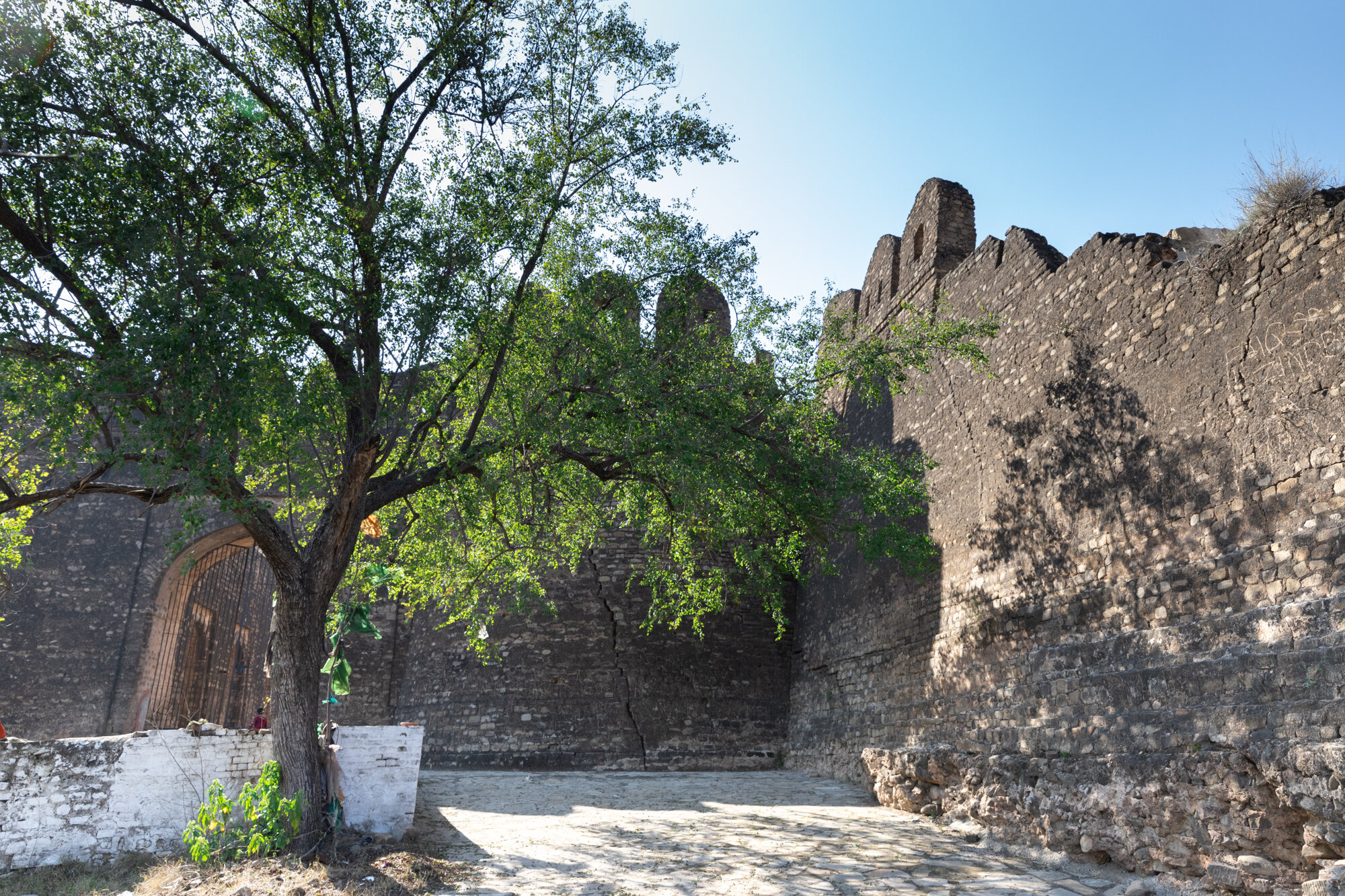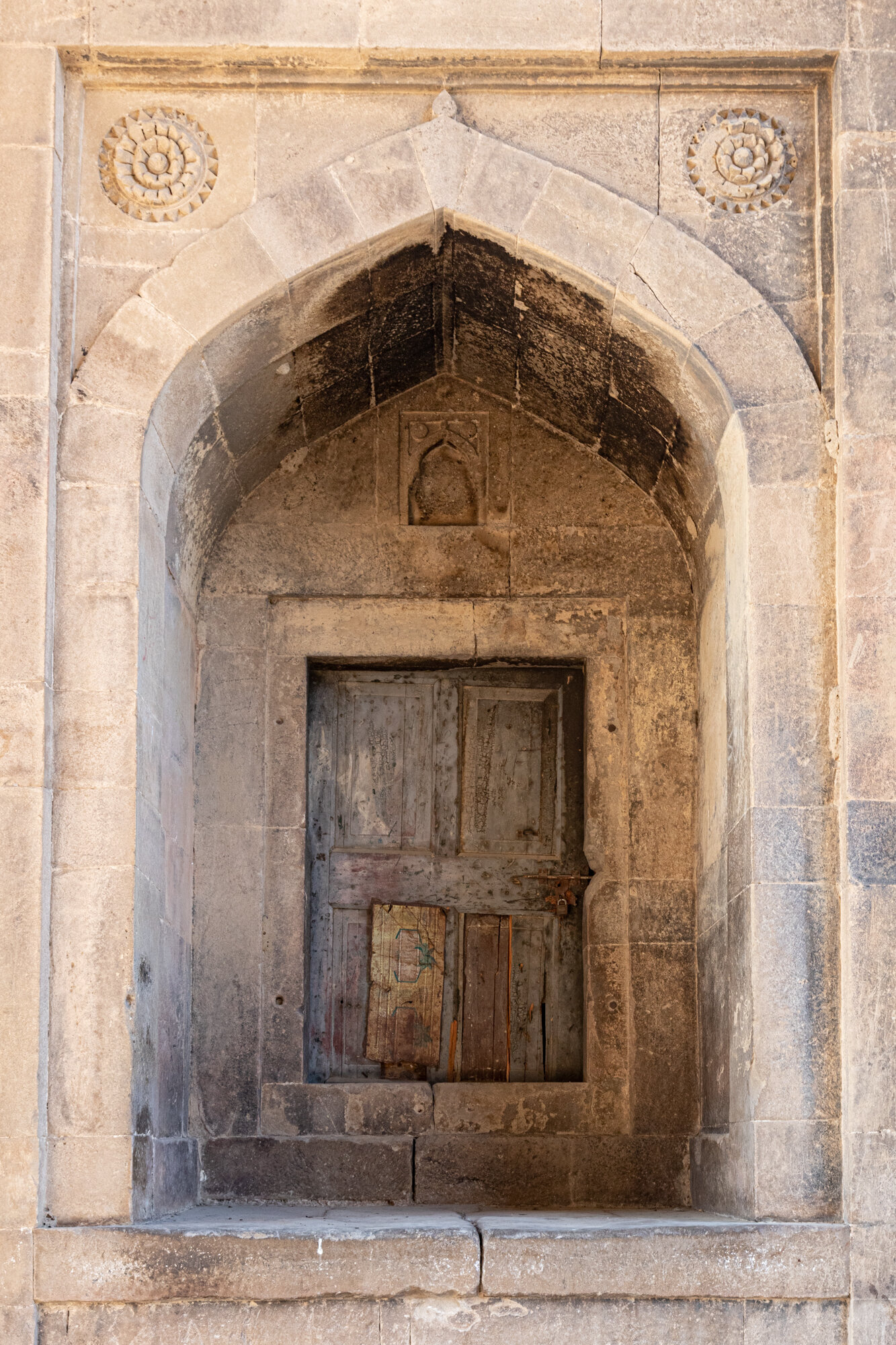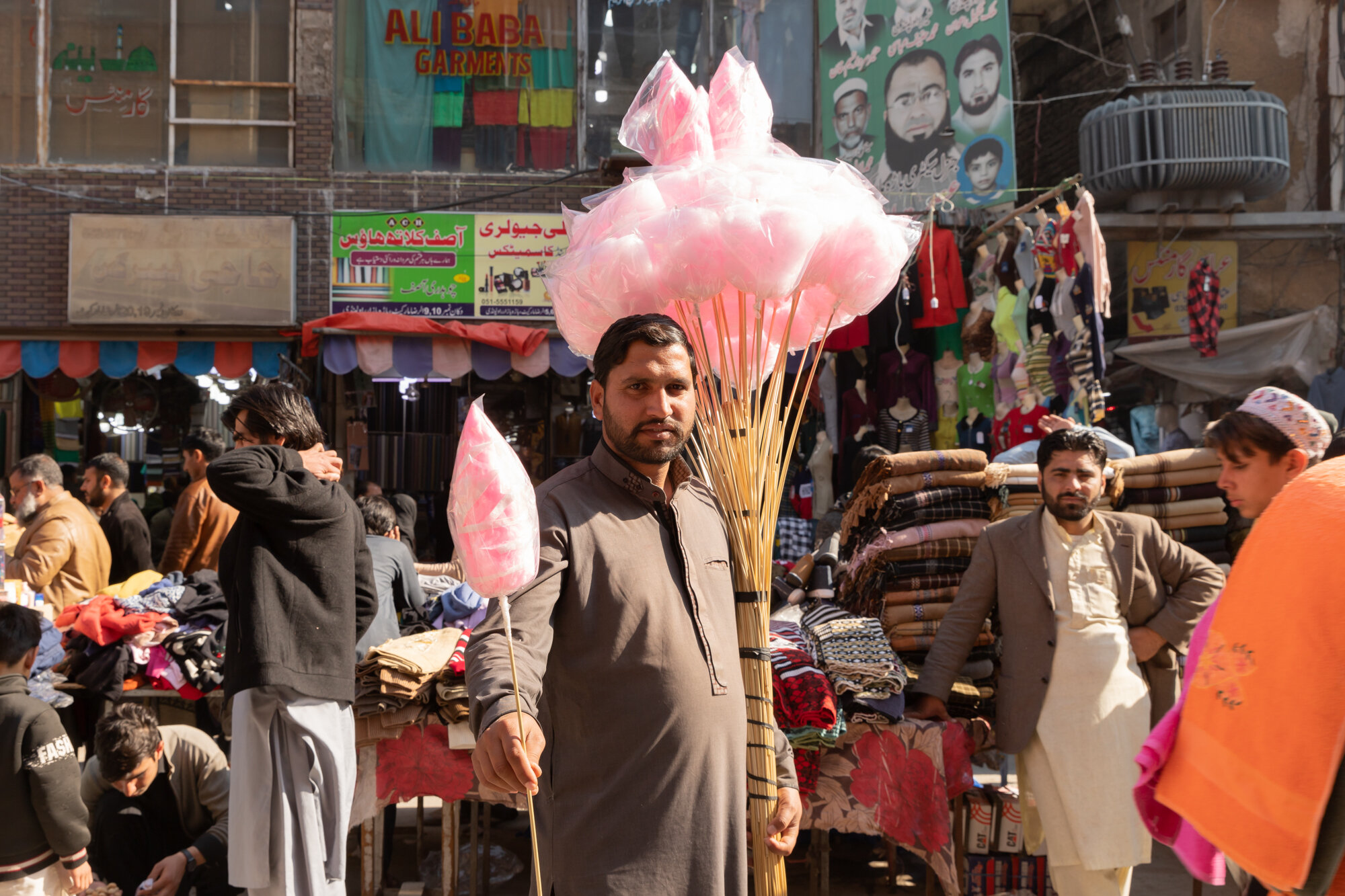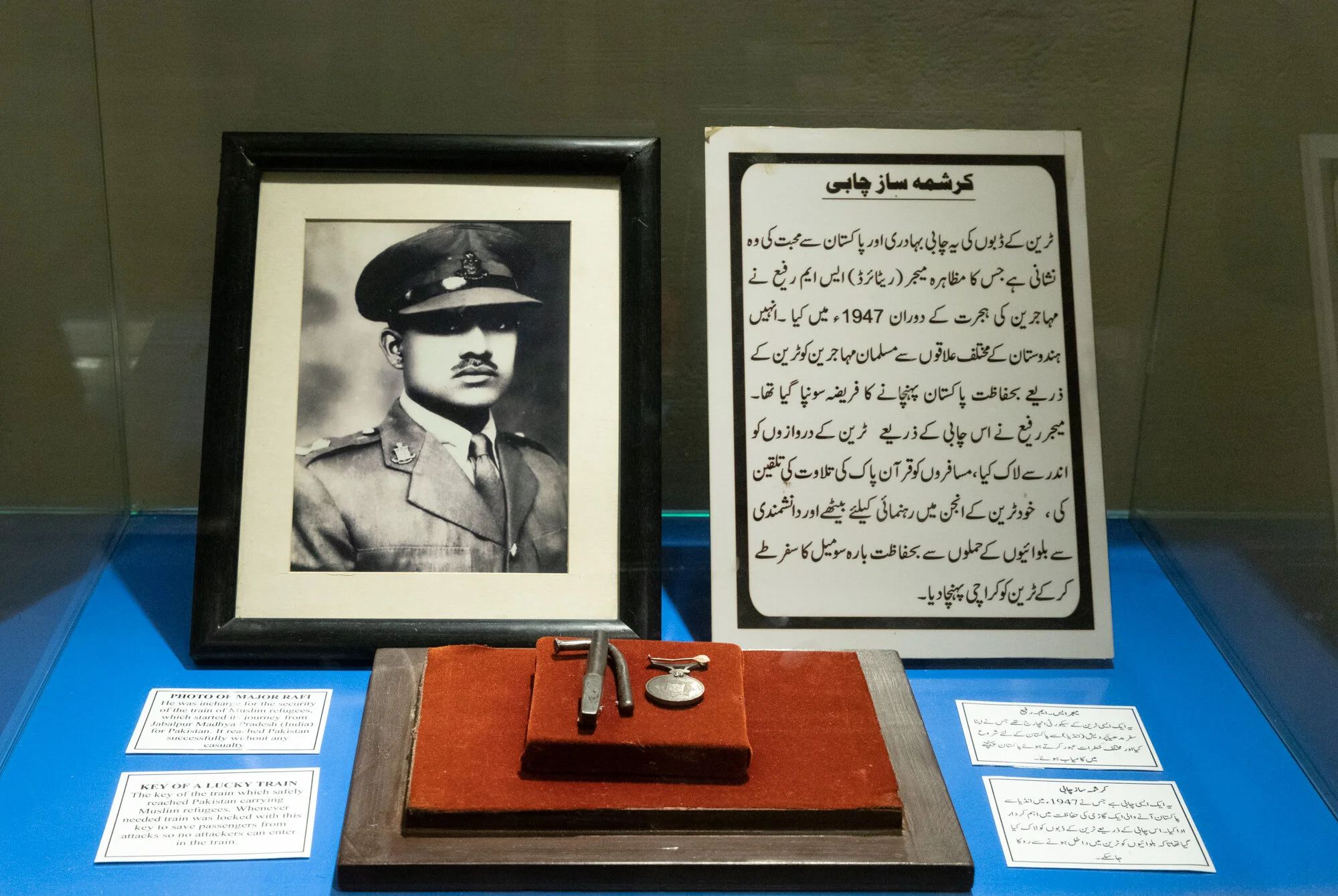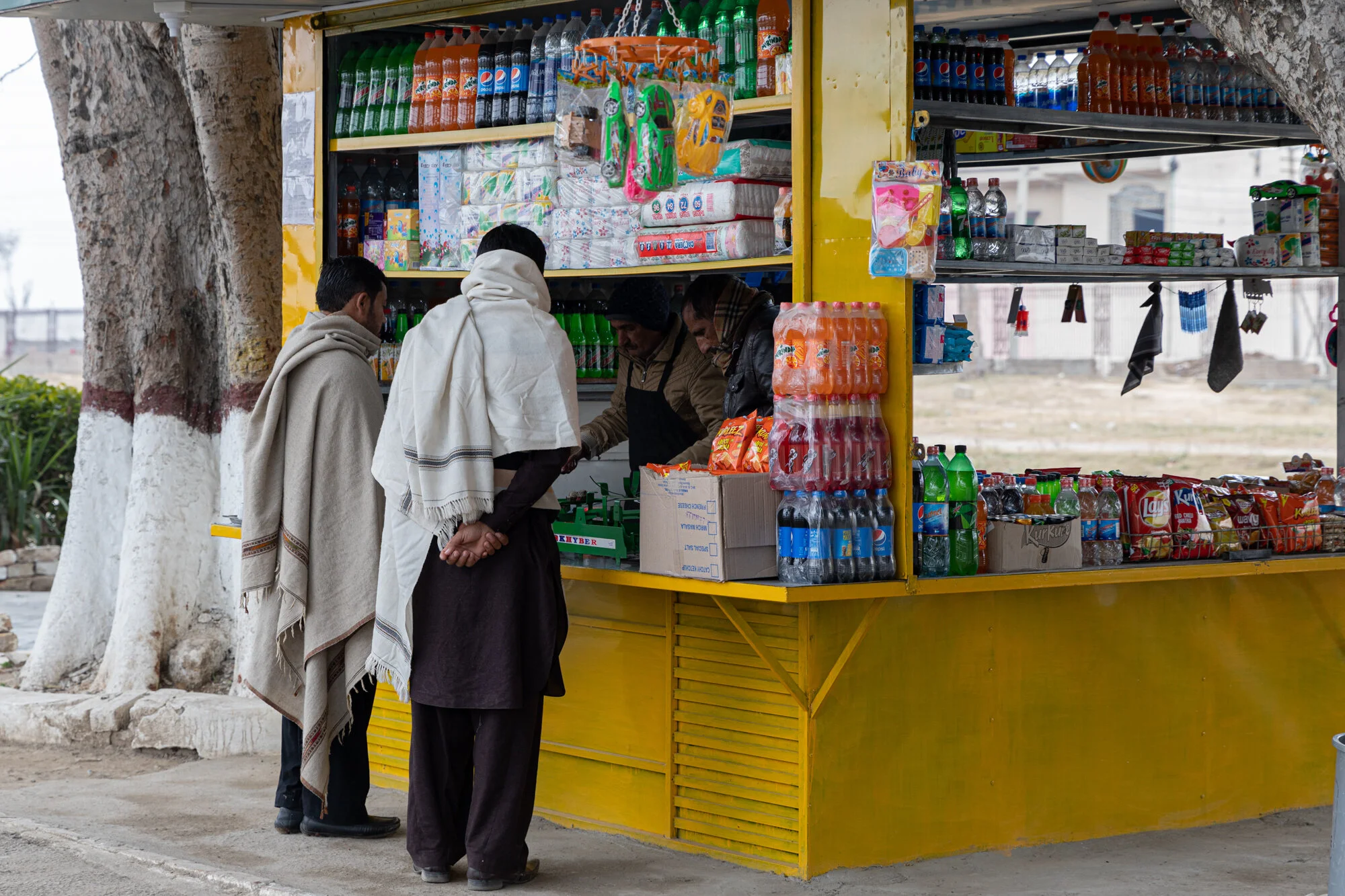Postcards from Pakistan
Postcard from Pakistan - Margalla Hills
Australian Photographer in Pakistan
Instagram gaynor.shaw.photography
The winding road up to the top of the Margalla Hills, Faisal Mosque in the distance.
On the weekend we enjoyed a drive up into the Margalla Hills. It was lovely to be outside Islamabad and enjoying the cooler temperatures. In Islamabad at the moment it is around 35-40 degrees each day. At the top of the Margallas it was 25 degrees with a constant breeze.
You can hike in the Hills and there are many different trails. Due to the virus there have been less people using the trials and there has been a corresponding increase in the sightings of leopards and jackals. We didn’t see any (shame) but did see many different birds and monkeys. We were also warned about the many snakes on the trails. One story has it that the name Margalla comes from the Persian for snakes ‘mar’ and galla ‘herd’.
The Margallas are part of the Himalayan foothills and reach an elevation of 1604m. It was wonderful to see the hills rising into the distance. Hopefully one day, when we can travel again, we can follow the hills up into the north of Pakistan.
Great spot for a house, Islamabad in the distance
Near the top, Islamabad under a blanket of haze
The Hills are covered in pine trees, the pine needles a blanket of red.
From red pine needles to bright, lime green, new growth.
A local woman, returning home from the mosque, graciously stops to have her photo taken.
Looking north-west, the other side of the Margallas.
A final photograph before we head home.
Life in Islamabad - Chana Chaat
Australian Photographer in Pakistan
Instagram @gaynor.shaw.photography
IFTAR RECIPE – CHANA CHAAT
Ramadan (or Ramazan or Ramzan) in Islam is the ninth month of the Muslim Calendar. This year is lasts from April 24 to May 24. It is a time of fasting, prayer and reading of the Quran. It is also a time when you get together with your family and friends, cook special food and give donations to the poor.
During Ramadan Muslims fast from sunrise to sunset. Muslims will eat a pre-dawn meal of suhur ‘of the dawn’ and the second meal of the day is iftar ‘break of a fast’, eaten after sunset.
There are many special iftar recipes. This is one of our favourites. Let me know if you like it too.
Chana Chaat
Ingredients:
Two cups of dried chickpeas
One onion
One tomato
Handful of coriander
One tablespoon of Chaat Masala (Pakistani spice mix) see note*
Two lemons
Salt
Method:
1. In a saucepan put 4 to 5 cups of water, pinch of salt and the two cups of chickpeas. Cook until tender. Drain.
2. Finely chop the onion, tomato and coriander (keep a little aside for presentation).
3. In a large bowl, add all ingredients including half a tablespoon of chaat masala.
4. Squeeze two lemons, add to the bowl, mix until well combined.
5. Refrigerate for at least 30 minutes.
6. When ready to serve, toss the chana chaat once more, sprinkle with remaining chaat masala and top with remaining coriander.
*Note
If you can’t find Chaat Masala you can substitute with Garam Masala and add some extra lemon juice to the mix
Life in Lahore - Chai
Australian Photographer in Pakistan
Instagram @gaynor.shaw.photography
While walking around inside the old walled city of Lahore I came across a man making chai. Chai is very important to Pakistanis and everyone has their own, best ever, recipe. I have included a recipe for chai below. Traditionally it is made with full fat milk and Pakistanis love their chai with lots of sugar but you can try it without sugar and any milk you prefer. However, don’t skip the ladling part as this enhances the flavour and makes it a little frothy. Enjoy!
Pakistani Chai for four people
Ingredients
4 tsp black tea
2 ½ cups water
2 cups full fat milk
4 cardamon pods
Lots of sugar to taste
Method
1. Bring the water up to boil then add tea leaves and cardamon pods, reduce heat to medium and simmer for a couple of minutes.
2. Add milk and bring back up to a boil, take off the heat and ladle the tea up high to allow lots of air – see photo above for how to ladle and pour the tea from on high. Repeat this step a couple of times to develop the flavour. Do not take your eyes off the tea as it can quickly boil over.
3. Strain the tea into cups.
4. Add sugar to taste.
Postcard from Lahore - Wazer Khan Mosque
Australian Photographer in Pakistan
Instagram @gaynor.shaw.photography
A number of weeks ago, when you could still travel around Pakistan, we visited Lahore. This was my first visit to Lahore and I can see why visitors return again and again. Lahore was originally the capital of Pakistan and has a long and varied history. Hindu, Buddhist, Muslim, Mughal, Afghan, British, Pakistan - each new arrival leaving an interesting layer of culture, history, art and religion.
Lahore has a walled inner city and the Wazer Khan Mosque is near the Delhi Gate. The mosque was built in 1634-41 AD during the reign of Mughal Emperor Shah Jahan. The mosque courtyard floor has detailed brickwork. The walls and ceilings are covered in tile work known as ‘kashi-kari’ and detailed frescoes with calligraphy, flowers and geometric designs.
Outside noisy, daily live continued, food vendors called out to people walking by, the narrow streets busy with motorbikes, carts and rickshaws. However, inside the courtyard it was peaceful, a place to slow down, pray and contemplate life. As a photographer I loved the building’s details, small, richly coloured ceramic tiles, peeling paint revealing layers beneath, intricate designs of flowers. I also loved seeing how the space is used today. People came to pray, food was being prepared, washing was being done on the roof.
The mosque has been listed as a possible UNESCO World Heritage Site. Restoration work has been ongoing since 2009 to try and save this incredible piece of history that is still in use today and hopefully for many more years to come.
Postcard from Taxila - Orange Festival
Australian Photographer in Pakistan
Instagram @gaynor.shaw.photography
Every year in late February an orange festival is held in Taxila, Punjab. February is at the end of the orange season and a festival seems like a great way to celebrate a wonderful harvest. It was my first time at an orange festival and so apart from lots of oranges I didn’t know what to expect. I should have known that oranges would play a role but that music, entertainment and food would be key.
The festival started with horse dancing, a traditional way of celebrating success. A double headed drum, a dhol, plays the main beat as the horse dances. Another traditional form of entertainment is stone lifting, known locally as ‘watee’ or ‘gutti’ lifting. The stones are made of solid granite, 80kg, 100kg and 120kg each. The stone is lifted in one fluid motion onto their shoulders and thrown behind them. The program also included the less traditional entertainment of orange squeezing and musical chairs for adults.
Taxila is a UNESCO world heritage site and is an area rich in tradition, culture and history. The orange festival was a great introduction to some unusual Pakistani traditions.
Postcard from Islamabad - Faisal Mosque
Australian Photographer in Pakistan
Instagram @gaynor.shaw.photography
Faisal Mosque, Islamabad
Inspired by the shape of a bedouin tent, at the foothills of the Margalla Hills, Faisal Mosque is a dramatic, contemporary piece of architecture. The mosque was designed by a Turkish architect, Vedat Dalokay. The surrounding four minarets are 79 metres tall. The mosque can accomodate 10,000 worshippers and is the largest mosque in Pakistan and the fourth largest mosque in the world. Unfortunately we couldn’t go inside the mosque but as we looked through the windows we could see the amazing interior with mosaics and calligraphy by Pakistani artist Sadequain.
The mosque is surrounded by a large courtyard and park, attracting many worshippers and visitors. When we visited the park and courtyard were full of people having picnics and meeting friends. As a sign of respect I covered my head and we left our shoes with an attendant at the front entrance. Many people wanted to know where we were from and why we were visiting. I’m so glad we visited, both to see the incredible architecture but we also met some wonderful people.
Life in Islamabad - meet the miller
Australian Photographer in Pakistan
Instagram: @gaynor.shaw.photography
I have been very keen to learn to shop like a local. There are supermarkets and shops that look a lot like Australia but where is the fun in that?
A friend shops at a small place in Gulshan Market that sells flour, rice and pulses. She invited me to come along with her and was told to bring my camera as it is an interesting place. We went to buy a large bag of rice where first you pay for your purchase at a small window next to the store room and then you wait for your order to be filled and weighed.
Flour is milled at the shop to your requirements. Large or small amounts can be bought. The shop was filled with a fine dust that drifted down and the miller’s eyelashes, eyebrows and hands matched his naturally white beard and hair.
My visit to the shop coincided with increasing flour prices across the country. This is making life difficult for locals and many small businesses that need flour to make daily items such as chapati and naan.
Visit Atta Chakki Brothers, Gulshan Market, G7/3/2, Islamabad. Bring cash and camera.
Postcard from Punjab - Rohtas Fort and the Lion King
Australian Photographer in Pakistan
Rohtas Fort, Jhelum, Punjab, is about a two hour drive south of Islamabad. We arrived there early at 11am (this is considered early in Pakistan) and there were relatively few visitors. It was also a good idea to go in winter as it would be terribly hot walking around in summer as there is little shade.
Built in the 16th century at the request of Sher shah Suri ‘The Lion King’ Rohtas Fort took approximately ten years to complete. It was built between the mountains of Afghanistan and the Punjab plains to stop the advances of Murghal Emperor Humayun. It is now a UNESCO heritage site.
The site is large, over twelve acres, and a lot of the fort remains in various states of repair. There are four kilometres of wall, twelve gates and 68 bastion towers. There is a shorter inside wall walk that took us around 2 hours, allowing for photo opportunities and climbing up and down some very steep stairs. You can also do a longer outside wall walk.
Never attacked, now protected, a must see piece of history.
Shah Chandwali Gate
Our wonderful guide, Mohammed
Shah Chandwali Gate and view of Haveli Man Singh
Wall and battlements
View of outside wall
Steep steps lead up to battlements
View of Shah Chandwali Gate from food storage area
Haveli Singh
Shahi Masjid - merlon shaped battlement detail - design means ‘Allah’
Interior Shahi Masjid
Haveli Man Singh
Inner courtyard and wall
Rohtas town
Detail of Sohail Gate balcony and brackets.
Detail of Sohail Gate doorway
Sohail Gate
Postcard from Rawalpindi - Raja Bazaar - chaotic, colourful, with candy floss
Australian Photographer in Pakistan
Instagram @gaynor.shaw.photography
On a glorious winter’s day a group of us headed off to Rawalpindi to visit the Raja Bazaar. Pindi (as the locals call it) is a short 30 minute drive, on good roads, from Islamabad. Islamabad and Pindi could not be more different. Pindi is noisy, busy and very colourful - a photographers paradise. There are so many shops, taxis, rickshaws, buses, carts, motorbikes, and people, lots of people. Pindi has a population of over 2 million and it seemed that everyone single one of them was at the Bazaar with us!
Raja Bazaar is the oldest bazaar in Pindi and covers many smaller bazaars. Areas within the bazaar cover everything from clothing to electronics to food to car parts. We visited the clothing district and walked along narrow alleys that became even narrower, that twisted and turned, up stairs and down stairs. It was good going with someone who knew their way around as it would have been very easy to get lost. It would also be very easy to lose track of time as you admire all that’s on offer, look for bargains and talk to the friendly store holders.
Go early in the morning to avoid the crowds, wear comfortable shoes and get ready to haggle for a bargain.
Postcard from Islamabad - Pakistan Monument - symbol of unity
Photographer in Pakistan
Pakistan Monument, Shakarparian Hills, Islamabad
As the sun was setting on Saturday I visited the Pakistan Monument located in the Shakaparian Hills. There were lots of people around enjoying the view and the wonderful weather. On the drive up to the monument there were families having picnics and enjoying horse and camel rides, fairy floss and balloons.
The monument represents Pakistani unity and is based on Mughal architecture with four large and three smaller petals. The large petals represent four different cultures - Punjabi, Balochi, Sindhi and Pakhtun. The three smaller petals represent minorities, Azad Kashmir and Gilgit Balistan. In the centre is a crescent and granite star, the symbols on the Pakistan Flag. The art work on each of the larger petals show famous landmarks and historical figures. On two walls leading up to the monument there are handprints from all the people that worked on the building, a beautiful tribute.
The monument has great views over Islamabad and next time I will leave more time to sit and admire the view and visit the attached museum.
Postcard from Islamabad - Pakistani Handicrafts - colour and yet more colour
Photographer in Pakistan
I was lucky enough to attend a handicraft fair at the Chinese Embassy in Islamabad on Sunday. I was expecting to see some traditional handicrafts but I was not expecting to see women demonstrating delicate needlework or to see some wonderfully modern textiles on display. I stood for some time and watched a Kashmiri women embroider a shawl. She worked so quickly and deftly and she seemed amused by my attention and numerous questions.
At the fair were handicrafts from across Pakistan: silk rugs; bronze vases, carved slate, pottery, trinkets and more. I would love to visit the places where some of these handicrafts are made and see the processes used for each one. For now I was happy to browse the stalls and get an idea of the variety of traditional handicrafts made across Pakistan.
In case you are wondering I bought one shawl but I could have bought so many more!
My one purchase - detail from a beautiful woollen shawl with hand embroidery of leaves and flowers from Kashmir
Postcard from Islamabad - Pakistan Railways Museum, Golra Sharif
Photographer in Pakistan
On another cold and foggy day we drove to Golra Sharif, about a forty-five minute drive, to see the Pakistan Railways Museum. We were lucky enough to have the curator of the museum, a young archeologist, to show us around and provide a very informative background to the pieces held by the museum.
The museum has both train carriages and artefacts from when the British first built the station in 1881. The museum has railway items from clocks to crockery to carriages.
I was particularly interested in the historical carriages, Saloon no.38 that carried the last Viceroy of India Lord Mountbatten and also Quaid-i-Azam Muhammad Ali Jinnah and Saloon no.5, the royal saloon, a gift of the Maharaja of Jodhpur to his daughter on her wedding in 1888.
I also learnt about Major S.M. Rafi, who commanded a train during partition in 1947 and safely took Muslim refugees from India to Pakistan. He cleverly thwarted numerous attacks and locked each carriage to ensure the refugees safety. The key is on display in the museum.
The Museum is on one of Pakistan’s main train lines and trains come through regularly so look both ways before crossing the railway tracks! Even if you’re not interested in trains you will enjoy the social history in a well maintained museum underneath some amazing old banyan trees.
Major S.M. Rafi and his life saving key
Postcard from Islamabad - Fatima Jinnah Park
Photographer in Pakistan
Monument - Fatima Jinnah Park
Islamabad is a planned city, split into different zones. It is an easy city to get around as each sector is given a letter and a number. Each residential sector covers a block, an area of approximately 2km by 2km.
F9 is given over entirely to Fatima Jinnah Park. The park has lots of walking paths through natural grasslands and trees. As I went out early on a cold and foggy morning it was eerily beautiful with dew gathering on leaves and branches, trees and park benches were opaque in the fog.
As it was cold and because the park is large I hardly saw another person. The few people I did see were jogging or walking briskly to keep warm.
I also came across three women cutting firewood. I didn’t speak to them but I am guessing that the firewood will be used for cooking, keeping warm and perhaps some of it will be sold.
I will return to Fatima Jinnah Park, when the weather is a little warmer.
Australian bottlebrush - a beautiful reminder of home
Postcard from Karachi - Clifton Beach
Photographer in Pakistan
Welcome to my first blog. I am a photographer and I have recently arrived in Pakistan from Australia. I’m living in Islamabad but I am hoping that I will have the opportunity to explore many different parts of the country. One of the first places I was lucky enough to visit was Karachi.
There is a big difference between my home town of Canberra, Australia and Karachi. Canberra’s population is nearly 400,000 and is an inland city surrounding by the bush. Karachi’s population is nearly 15 million and is next to the coast. I was not ready for the noise, people, and yet more people!
I was brought up next to the coast in Australia so one of the first places I wanted to visit was Clifton Beach. Clifton beach is nothing like the beaches I grew up with. The day I visited was in the middle of summer and the weather was very hot and humid. The day was overcast and it was almost as if the sand matched the colour of the sea and the sky. While the sand and sea were grey there was colour and movement everywhere else. I have never been to a beach where there were so many camels (yes camels!), beach buggies, horses, and food vendors. A fantastic opportunity for a photographer.
I will return to Karachi and would love to know if you live in Karachi or have recently visited and know of places that I should visit the next time I return.





































